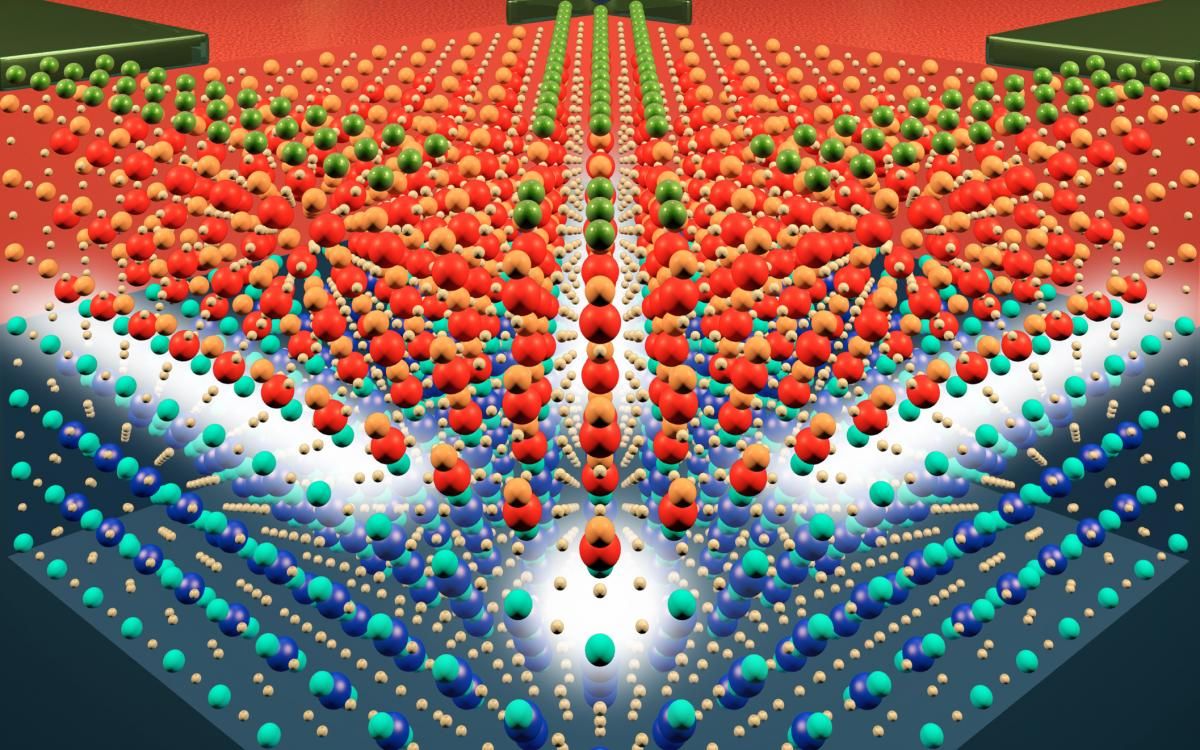Many of us grew up playing with an Etch-a-SketchTM toy in which a stylus cuts into an aluminum powder that coats in the inside of the toy’s screen revealing the dark inside the toy.
About three years ago, researchers at the University of Pittsburgh, led by Jeremy Levy, a professor of Physics and Astronomy in Pitt's School of Arts and Sciences, developed a technique that employed the tip of an atomic force microscope to etch patterns into the interface between two materials: a crystal of strontium titanate and a 1.2 nanometer-thick layer of lanthanum aluminate. At the time, the researchers likened the technique to a kind of microscopic Etch-a-SketchTM since like the toy it can erase the devices it makes and start anew.
Jump ahead three years to today and researchers from Pitt, University of Wisconsin at Madison and HP Labs, again led by Levy, have used the Etch-a-SketchTM technique to build a single-electron transistor, which they have dubbed SketchSET (sketch-based single electron transistor).
The research, which was initially published in the journal Nature Nanotechnology, marks the first time that a single-electron transistor has been made from oxide materials.
The foundation of the transistor is a conducting oxide “island” only 1.5nm in diameter that serves to have electrons tunnel resonantly between the source and drain electrodes. The island can only contain 0, 1 or 2 electrons, which provides it with unique conducting capabilities.In addition to being extremely sensitive to electric charge, the oxide materials that make up the transistor possess ferroelectricity properties, which make it possible for the transistor to serve as a solid-state memory. These ferroelectric properties could also make it attractive as nanoscale charge and force sensor. In the grander scheme of things, this transistor is being considered another tool for creating quantum computers. In fact, since last year Levy has been part of a U.S. Air Force Office of Scientific Research’s Multi-University Research Initiative (MURI) program to build a semiconductor for use in quantum super computers.
Dexter Johnson is a contributing editor at IEEE Spectrum, with a focus on nanotechnology.




